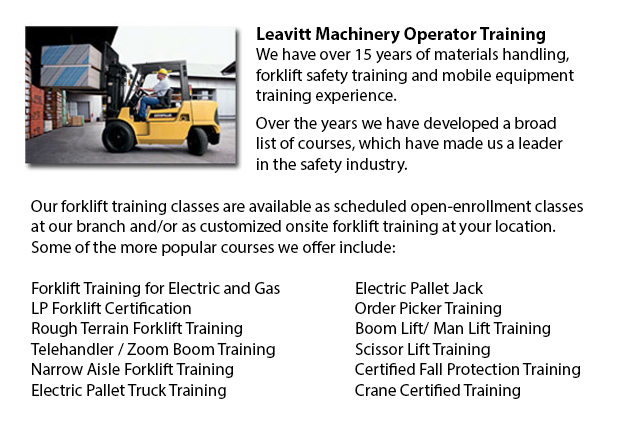
Hyster is currently a global leader in forklifts and warehousing solutions. However, it began as a manufacturer of lifting machines as well as winches. Most of its production was focused in the northwest United States and dealt mostly with the timber and logging industry. A couple years after the 1st forklift trucks were invented Hyster became synonymous with quality production. Over the preceding eighty years Hyster has continued to get bigger and develop its product line. The growth of its products coupled with its wish to stay service oriented has allowed Hyster to mature into the worldwide player it is in our day.
Through the three decades between the 1940's and 1960's, Hyster made considerable strides on its way to becoming the global leader in the forklift industry it is today. In 1946, Hyster opened a plant in Illinois that was completely devoted to mass producing trucks. This allowed Hyster to force its costs down and, simultaneously, offer a better quality product at industry aggressive prices. In 1952, Hyster began its first foray in to the international production market through opening its first plant in the Netherlands. The Netherlands plant was originally designed to produce two products: Hyster 40" and the Karry Kranes.
Hyster, along with the entire forklift industry, continued to expand into different product lines throughout the 1950's and 60's. They started building container handlers in the US in 1959 to meet with the ever expanding demand for transportation goods. In 1966, Hyster developed a technique for enabling a lift truck to go both ahead and backwards using the same pedal. This pedal was referred to as the Monotrol pedal, which revolutionized the industry. Later on in the decade Hyster opened a research and development centre in Oregon that was concentrated on enhancing the design and performance of lift trucks. The centre is still one of the world's best testing facilities in the materials handling industry.
The 1960's was characterized by rapid growth right through the entire materials handling industry. Due to this, Hyster considered it necessary to refocus its strategy towards these developing mass markets. As a result, in 1970, the XL design philosophy was born. The XL design philosophy allowed Hyster to provide superior quality at a more inexpensive price. A further expansion in production capabilities was necessitated by the need in Europe for Internal Combustion Engine Vehicles. To plug this gap, a plant in Craigavon, Ireland was opened in 1980. Through the 1980's Hyster continued to focus on developing industry leading forklifts. The Hyster brand name was known throughout the globe for its commitment towards quality. This attention to quality produced a lot of suitors for the company. In 1989, a large international business based in Ohio called NACCO Industries purchased Hyster and began an aggressive expansion plan. NACCO swiftly replaced the XL philosophy with a more driver oriented truck that focused on operator comfort, which is known as the XM generation of trucks.
The shift in supply change management to a much more just-in-time focused system has meant that Hyster has had to continually make investments in new-found technology. Acquisitions and investments were made in the United States, Italy, Netherlands, and lots of other places throughout the world. All of these investments have made Hyster a global leader in the lift truck market. In 2009, Hyster celebrated its eightieth anniversary as an industry leader of materials handling equipment, which includes over 300 various versions of forklift trucks.
-
Crown Forklift
More -
Rough Terrain Forklifts
There are in point of fact two classifications of forklifts within the manufacturing business, the rough terrain model and the industrial version. Rough terrain forklifts appeared in the 1940â??s designed primarily for use on rough roads, ideal for l... More -
Scissor Lifts
The scissor lift or platform lift, is an automated industrial lift that has been customized to be used in retail, wholesale, manufacturing and production settings. Industrial scissor lifts have been used primarily within production and manufacturing... More -
Reach Trucks
Reach Trucks are industrialized equipment utilized for loading and storage in some organizations that maintain storage of supplies to finished merchandise on a pallet which are then placed into lofty shelving units. This loading apparatus helps busin... More -
Aerial Lifts
Aerial lifts can accommodate numerous duties involving high and hard reaching spaces. Often used to carry out routine repair in buildings with elevated ceilings, prune tree branches, raise burdensome shelving units or fix telephone cables. A ladder c... More

Forklift Training Glendale
TOLL FREE: 1-888-254-6157
Glendale, Arizona
forkliftcertificationglendale.com
Email Us
About Us


